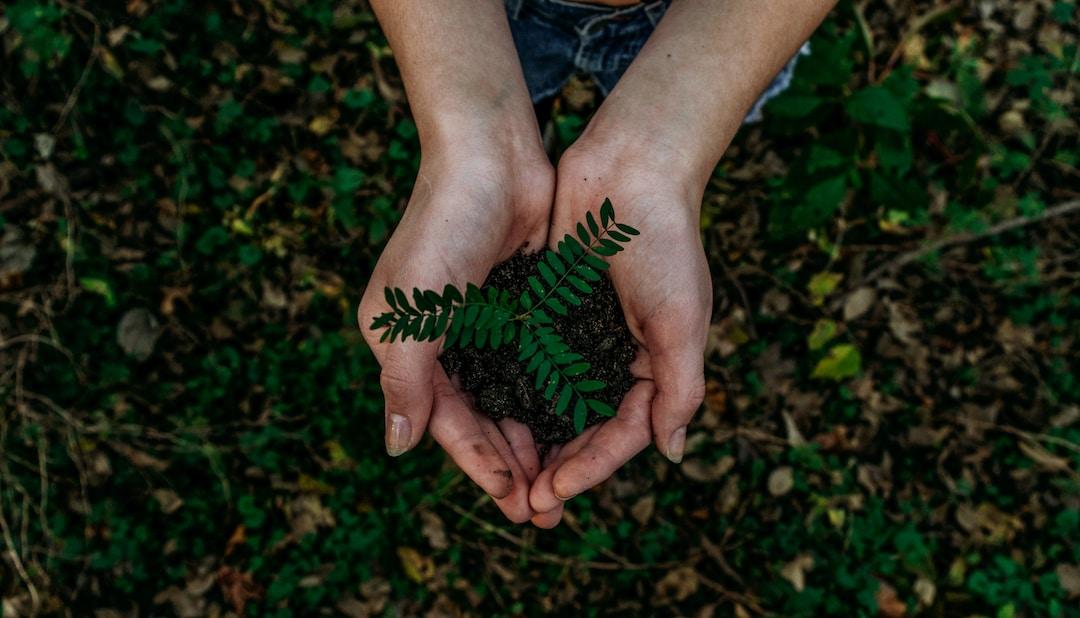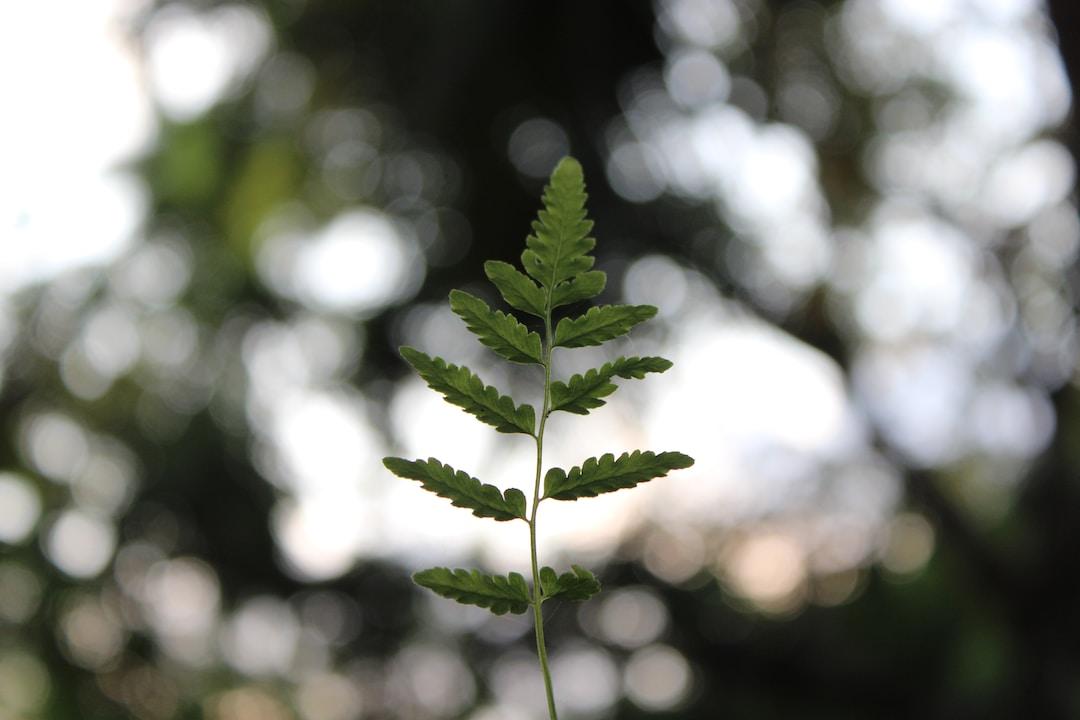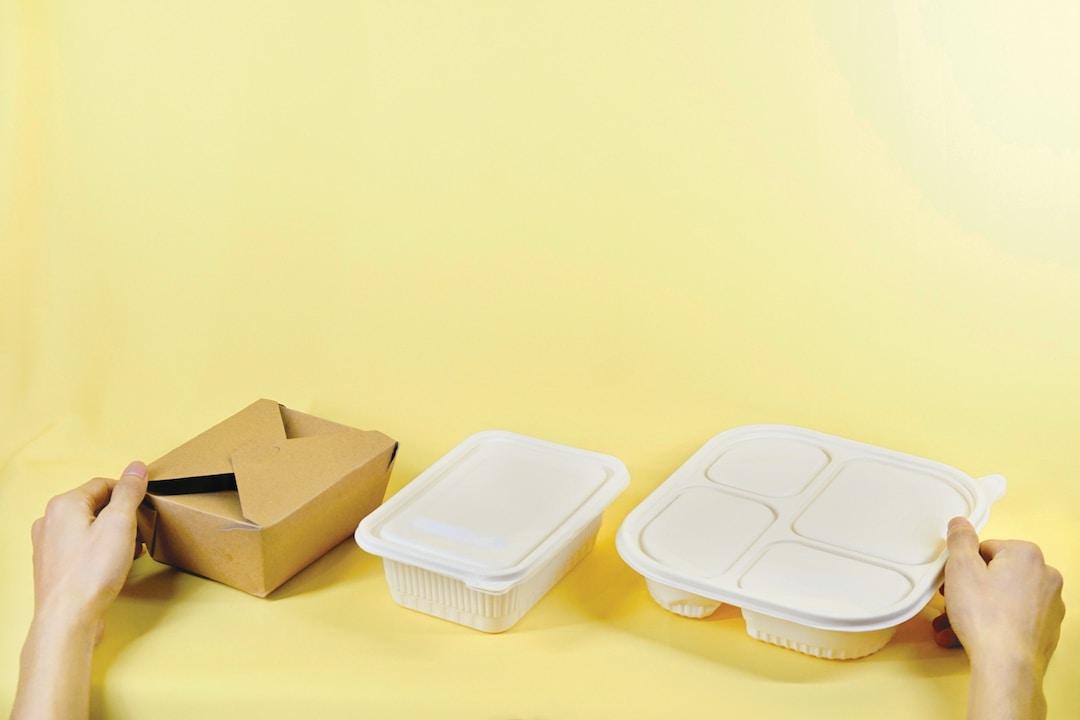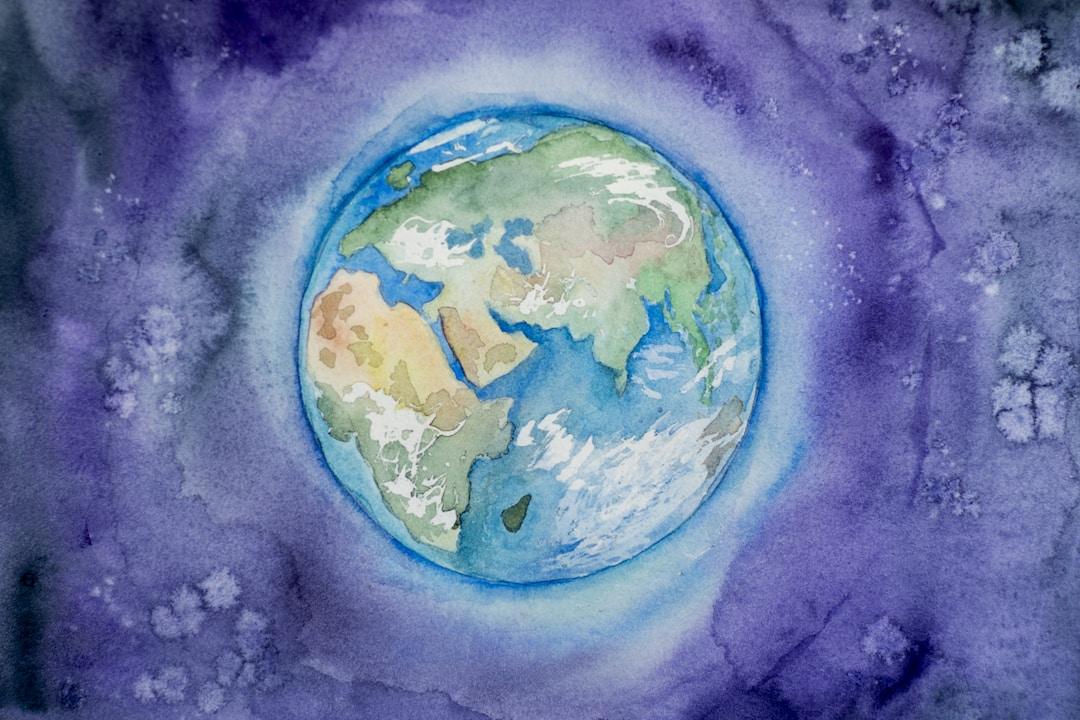As concerns over environmental sustainability continue to rise across every industry, the world of packaging is not exempt. The necessity and potential impact of implementing sustainable packaging practices are becoming increasingly obvious. From conserving natural resources to minimizing waste, sustainable packaging offers numerous environmental benefits. But the advantages are not simply confined to environmental aspects. Sustainable packaging can boost your brand’s reputation, satisfy increasingly eco-conscious consumers, and even result in cost savings over time. Keep reading to learn about the latest advancements in sustainable packaging technology and how they are shaping the industry’s future.
The Rising Popularity of Plant-Based Packaging

Plant-based packaging, such as bioplastics made from sugarcane, is gaining substantial attention and popularity in various sectors of the business world. With increasing concerns about the environmental impact of traditional packaging materials, businesses are looking for sustainable alternatives to reduce their carbon footprint. One of the major advantages of plant-based packaging is its renewable nature. Unlike traditional plastics derived from fossil fuels, bioplastics are made from renewable resources such as sugarcane, corn, or other plant materials. This ensures that the production process relies on plants that can be grown and harvested repeatedly, reducing the strain on non-renewable resources.
One innovative example of plant-based packaging can be seen in the development of small plastic jars with screw on lids. These jars, made from plant-based plastics, are not only biodegradable but also highly durable and versatile, making them ideal for a wide range of products. In addition to being renewable, plant-based packaging also has a lower carbon footprint compared to conventional plastics. The process of producing bioplastics emits fewer greenhouse gases, helping to minimize the negative impact on the environment. Furthermore, bioplastics generally require less energy to produce, making them an even more sustainable option.
Moreover, plant-based packaging made by high-quality manufacturers is biodegradable or compostable. This means that it can break down naturally over time, reducing the amount of waste in landfills and oceans. Compared to traditional plastics that can take hundreds of years to degrade, plant-based alternatives provide a more promising solution to the global plastic pollution problem.
Water-Soluble Packaging: A Trendsetting Innovation
Water-soluble packaging is another trend in the sustainable packaging industry. These revolutionary materials dissolve completely in water, leaving no toxic residues behind. This property eliminates the need for waste disposal, resulting in substantial reductions in packaging waste, especially in sectors heavily reliant on single-use packaging such as the food, beverage, and pharmaceutical industries.
The most promising aspect of water-soluble packaging materials is their versatility. They can be engineered to behave in specific ways, giving manufacturers a high degree of control over their dissolution speed, temperature sensitivity, and other properties. This flexibility allows for the production of a wide range of packaging options, from slow-dissolving films for long-lasting products to fast-dissolving pouches for single-use items.
With continuous research and development into water-soluble technologies, it won’t be long before we see their widespread adoption across various industries. The potential for creating completely zero-waste product cycles makes water-soluble packaging one of the most exciting trends in sustainable packaging today.
Advancements in Recyclable Materials and Practices

Recyclability has long been a cornerstone of sustainable packaging strategies. While recycling processes and facilities have been in place for years, several advancements have resulted in improved efficiencies and wider acceptance of recyclable materials. Many packaging companies have started utilizing post-consumer recycled (PCR) materials, which are derived from already-used and discarded packaging.
Not only do PCR materials conserve resources, but they also reduce the waste going into landfills. Moreover, companies are making conscious efforts to produce packaging that can be easily decomposed and recycled. As we continue to improve recycling practices and develop innovative materials, the future of sustainable packaging looks bright with endless possibilities for eco-friendly, functional, and attractive packaging solutions.
Development of Compostable Packaging
In line with biodegradability and decomposition, compostable packaging has emerged as a promising solution. This type of packaging is designed to break down into nutrient-rich compost under specific conditions, typically in industrial composting facilities. This form of packaging is extremely beneficial as it supports the circular economy concept, where waste is not just reduced or recycled, but also reused as a resource. Compostable packaging adds value to the organic waste stream by transforming it into a valuable soil conditioner, which can boost crop growth and productivity.
Despite the niche requirement for composting facilities and the slower decomposition process, the growing consumer demand for compostable packaging indicates a promising future. The industry is continually developing better compostable materials, enhancing performance, functionality, and aesthetics to meet various packaging requirements.
Eco-Design and Minimalism

Eco-design in packaging refers to implementing sustainable materials and methods right from the design stage. It emphasizes minimizing the use of resources and maximizing the lifecycle of packaging. This practice can also involve choosing packaging shapes that use less material, optimizing package sizing, reducing the use of colors and inks, and making the packaging easier to recycle or compost.
Strategies like lightweighting, where the packaging is designed to use as little material as possible without compromising its functionality, are gaining use. The minimalist design trend plays a significant role here. Minimalistic packaging looks sleek and uses fewer materials and energy in production. This further reduces the product’s overall environmental footprint.
Life Cycle Assessment Approach
A life cycle assessment (LCA) is an analytical tool used to evaluate the environmental impact of a product or process over its entire life cycle. This includes every stage from raw material extraction to manufacturing, distribution, use, and ultimate disposal. Applying LCA to packaging can provide in-depth insights into the material’s environmental impact, helping manufacturers to make informed decisions regarding material selection, design, production process, and end-of-life management. These assessments can serve as a crucial driving force towards sustainability as they highlight areas that can be further improved, thereby pushing the industry towards more eco-friendly practices and materials.
Consumer Influence on Packaging Sustainability

Consumer awareness and expectations play a critical role in the packaging industry’s shift toward sustainable practices. As consumers become more conscious of the environmental impact of their purchases, they’re increasingly favoring brands that align with their values. Today’s consumer wants transparency and accountability, and they’re not afraid to reward or punish brands based on their ecological responsibility.
Forward-thinking brands realize this change and have begun to incorporate sustainability into their core business models, not just as a marketing buzzword, but as an integral part of their company’s mission. By tapping into this consumer shift, brands can enhance their image, build loyalty, and ultimately drive business growth with sustainable packaging strategies.
As we continue to experience this shift in consumer preferences, industry innovations, and regulatory pressures, the adoption of sustainable packaging practices is likely to accelerate. This transformation is good news for everyone – businesses, consumers, and most importantly, our planet.
As you can see, sustainable packaging plays a major role in our drive to a more eco-friendly society. By exploring and investing in plant-based packaging, water-soluble materials, recyclable and compostable options; and by implementing eco-design and life cycle assessment methods, we can drastically reduce the packaging industry’s environmental impact. The future of packaging lies in sustainable innovations, and every step we take toward such practices brings us closer to that future. Follow the tips in this article, and you can trust that your business will boost its reputation, lower its carbon footprint, and elevate its profitability.
 2018 ·
2018 ·
Leave a Reply